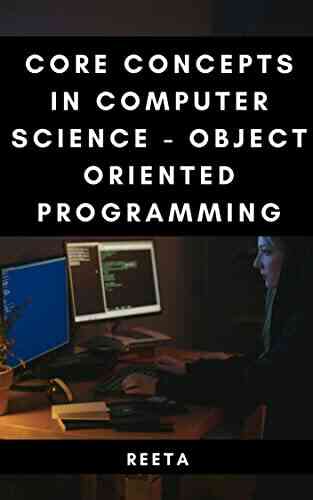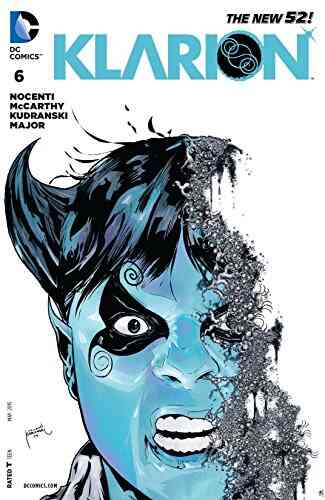Master Object Oriented Programming: The Ultimate Guide for Beginners

In today's digital world, computer science plays a vital role in shaping our lives. Whether it's mobile apps, video games, or complex software systems, object-oriented programming (OOP) is a fundamental concept that has revolutionized the computer science industry. In this comprehensive guide, we will explore the core concepts of OOP and provide you with the necessary knowledge to become a proficient programmer.
What is Object-Oriented Programming?
Object-oriented programming (OOP) is a programming paradigm that revolves around the concept of objects. These objects are defined as instances of classes, which act as blueprints for creating objects with specific characteristics and behaviors. The main goal of OOP is to structure code in a way that promotes reusability, modularity, and maintainability.
At its core, OOP is based on four fundamental principles:
4 out of 5
| Language | : | English |
| File size | : | 338 KB |
| Text-to-Speech | : | Enabled |
| Enhanced typesetting | : | Enabled |
| Print length | : | 19 pages |
| Lending | : | Enabled |
| Screen Reader | : | Supported |
- Encapsulation: Encapsulation is the process of hiding internal data and methods of an object, exposing only the necessary information through well-defined interfaces. This ensures data security and helps in organizing complex code.
- Inheritance: Inheritance allows objects to inherit properties and behaviors from another object, establishing hierarchical relationships between classes. This promotes code reuse and enables the creation of specialized classes.
- Polymorphism: Polymorphism allows objects of different classes to be treated as objects of a common superclass. This enables objects to take on different forms and behaviors based on their context, enhancing flexibility and extensibility.
- Abstraction: Abstraction involves simplifying complex systems by providing a generalized interface. It allows programmers to focus on essential details while hiding unnecessary complexities, thus making the code more modular and easier to understand.
Benefits of Object-Oriented Programming
Object-oriented programming offers numerous benefits over other programming paradigms, making it immensely popular and widely used in the industry. Here are some of the key advantages:
- Modularity: OOP promotes modular code, making it easier to understand, test, and maintain. Code is divided into smaller, self-contained objects that can be developed and debugged independently.
- Reusability: By utilizing inheritance and polymorphism, OOP enables code reuse. Objects can inherit properties and behaviors from other objects, reducing redundancy and improving efficiency.
- Scalability: OOP allows for easy scalability as new objects can be created by extending existing classes. This flexibility makes it simpler to add new features or modify existing ones without affecting the entire codebase.
- Collaboration: OOP enhances collaboration among programmers through the use of classes and objects. Different programmers can concurrently work on different modules, ensuring efficient development and reducing dependency on specific individuals.
Key Concepts in Object-Oriented Programming
Classes and Objects
The building blocks of object-oriented programming are classes and objects. A class is a blueprint that defines the properties and behaviors of an object. It determines what attributes an object will have and what operations it can perform. An object, on the other hand, is an instance of a class. It represents a tangible or abstract entity with its own identity and can interact with other objects through methods.
Attributes and Methods
Classes can have attributes, also known as variables, which store data related to the object's state. These attributes can be accessed and modified using methods, also known as functions, that are defined within the class. Methods define the behavior of an object and can manipulate its attributes or perform specific actions.
Constructor and Destructor
A constructor is a special method that initializes an object when it is created. It is automatically invoked when an object is instantiated and is responsible for setting the initial values of the object's attributes. On the other hand, a destructor is a method that is called when an object is no longer needed. It cleans up resources and performs any necessary cleanup operations.
Inheritance and Polymorphism
Inheritance is a powerful feature in OOP that allows objects to inherit properties and behaviors from a parent class, also known as a superclass. This promotes code reuse and enables the creation of specialized classes, known as subclasses or derived classes. Polymorphism, on the other hand, allows objects of different classes to be treated as objects of a common superclass. This enables flexibility and extensibility, as objects can exhibit different behaviors based on their context.
Encapsulation and Abstraction
Encapsulation and abstraction are essential concepts in OOP. Encapsulation involves hiding internal data and methods of an object, exposing only the necessary information through well-defined interfaces. This ensures data security and enhances code organization. Abstraction simplifies complex systems by providing a generalized interface, allowing programmers to focus on essential details while hiding unnecessary complexities.
Object-oriented programming is a fundamental concept in computer science that offers numerous benefits like modularity, reusability, scalability, and collaboration. With its core principles of encapsulation, inheritance, polymorphism, and abstraction, OOP provides a structured approach to code development and enhances the overall quality of software systems. By understanding the key concepts and principles of OOP, aspiring programmers can harness the power of this paradigm and unlock endless possibilities in the world of computer science.
4 out of 5
| Language | : | English |
| File size | : | 338 KB |
| Text-to-Speech | : | Enabled |
| Enhanced typesetting | : | Enabled |
| Print length | : | 19 pages |
| Lending | : | Enabled |
| Screen Reader | : | Supported |
Object oriented programming (OOP) is a model of programming language that focuses on the use of objects instead of actions in order to carry out tasks. This involves taking an approach that is more mindful of data and less concerned with logic, which is more commonly the case in other programming paradigms. The view of objects and actions is the reverse of how it is in other languages, and the emphasis is on the objects themselves rather than on the execution of tasks that employ the objects. In like manner, the structure does not consider deciding on how to employ the logic, but on the definition of the data that will be used in the programming.
Designing computer software with object-oriented programming begins with defining the objects that are to be manipulated by the program. The programmer will then begin to identify the relationship between each object, a process usually referred to as data modeling. Essentially, the programmer is seeking to place the objects into a classification, therefore helping to define the data that is part of the inheritance brought to the task by each object. In fact, the process of defining these classes and subclasses of data is normally called inheritance.
OVERVIEW OF OBJECT-ORIENTED PROGRAMMING (OOP)
Object-oriented programming is a programming paradigm based on the concept of “objects”, which may contain data, in the form of fields, often known as attributes; and code, in the form of procedures, often known as methods.
Object-Oriented Programming (OOP) is the term used to describe a programming approach based on objects and classes. The object-oriented paradigm allows us to organize software as a collection of objects that consist of both data and behavior. This is in contrast to conventional functional programming practice that only loosely connects data and behavior.
Since the 1980s the word ‘object’ has appeared in relation to programming languages, with almost all languages developed since 1990 having object-oriented features. Some languages have even had object-oriented features retro-fitted. It is widely accepted that object-oriented programming is the most important and powerful way of creating software.
OBJECT-ORIENTED PROGRAMMING (OOP) APPROACH
Object-oriented problem solving approach is very similar to the way a human solves daily problems. It consists of identifying objects and how to use these objects in the correct sequence to solve the problem. In other words, object-oriented problem solving can consist of designing objects whose behavior solves a specific problem. A message to an object causes it to perform its operations and solve its part of the problem.
Web programming is an aspect of web site development and the role of web programmer is really critical merely as web designer’s role in web design aspect of web site development. Programming languages have developed from machine language to low-level language and then to high-level language. The high-level language that is a language close to natural language (the language we speak) is written using specific approaches. Remarkable are the monolithic and structural programming approaches. With the monolithic fashion, you write a whole program in one single block. In structured programming approach, a software is split into blocks of codes called modules with each module performing a specific task. BASIC, COBOL, PASCAL, C, and DBASE that ran on MS DOS platform could be written using both approaches.
Do you want to contribute by writing guest posts on this blog?
Please contact us and send us a resume of previous articles that you have written.




















Light bulbAdvertise smarter! Our strategic ad space ensures maximum exposure. Reserve your spot today!
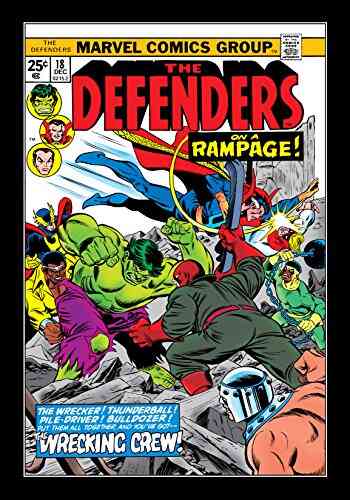
 Milton BellUnveiling the Untold Story of Daniel Fryda, the Valiant Defender of Justice...
Milton BellUnveiling the Untold Story of Daniel Fryda, the Valiant Defender of Justice...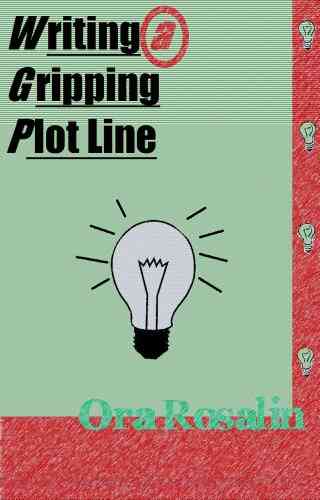
 Jace MitchellWriting Gripping Plot Line: Answering Your Questions About Plot - The True...
Jace MitchellWriting Gripping Plot Line: Answering Your Questions About Plot - The True... Brayden ReedFollow ·12k
Brayden ReedFollow ·12k Salman RushdieFollow ·9.4k
Salman RushdieFollow ·9.4k Harry HayesFollow ·13.3k
Harry HayesFollow ·13.3k Milan KunderaFollow ·13.2k
Milan KunderaFollow ·13.2k Jeremy MitchellFollow ·5.6k
Jeremy MitchellFollow ·5.6k Dallas TurnerFollow ·8k
Dallas TurnerFollow ·8k Ira CoxFollow ·18.6k
Ira CoxFollow ·18.6k Cade SimmonsFollow ·15.7k
Cade SimmonsFollow ·15.7k

 Dawson Reed
Dawson ReedThe Ultimate Guide: All You Have To Think About Getting...
Are wedding bells in your future?...

 Douglas Adams
Douglas AdamsUnleash Your Inner Hero: The Path of Vengeance Second...
Have you ever wondered what it would be...

 Aleksandr Pushkin
Aleksandr PushkinCrochet Pattern: Elegance Headband - Easy Headband for...
Are you tired of searching for the perfect...

 Patrick Hayes
Patrick HayesFulfilling Family Life Bite Sized For Successful Families
Having a fulfilling family life is something...

 Emilio Cox
Emilio CoxAn Epic Tale Of The Chinatown Underworld And The American...
In the heart of bustling cities, hidden...

 Luke Blair
Luke BlairMy Muse Florence: Discovering the Heart of Italy Through...
By: [Your Name] | Published: [Publication...

 Milan Kundera
Milan KunderaDrone Political Technothriller: Miranda Chase -...
Prepare yourself for a thrilling journey...

 William Wordsworth
William WordsworthUnveiling the Riveting Tale of Cold Blooded Kindle Single...
Have you ever come across a book that...

 Andres Carter
Andres CarterNever Blend With The Wind: The Dangers of Conforming to...
Imagine a world where everyone looks, acts,...

 Abe Mitchell
Abe MitchellUnleashing the Beast: The Untold Story of Killer...
Prepare yourself for a heart-pounding journey...
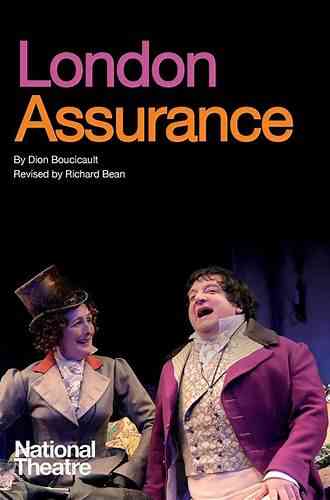
 E.M. Forster
E.M. ForsterLondon Assurance Oberon Modern Plays: A Tale of Wit,...
In the bustling heart of London's...
4 out of 5
| Language | : | English |
| File size | : | 338 KB |
| Text-to-Speech | : | Enabled |
| Enhanced typesetting | : | Enabled |
| Print length | : | 19 pages |
| Lending | : | Enabled |
| Screen Reader | : | Supported |


